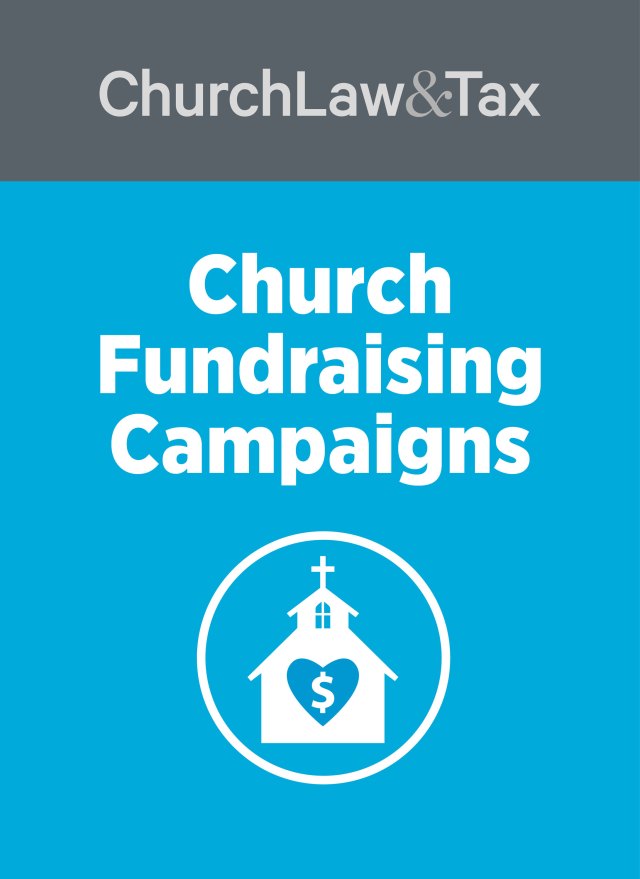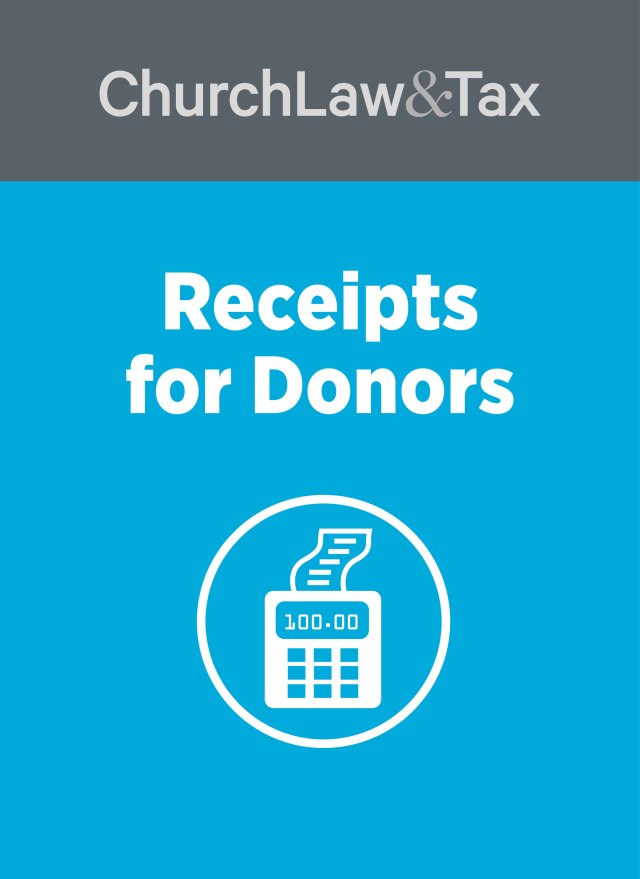Even in our digital age of worship projection, church websites, and social media, many churches still use paper bulletins on Sunday mornings. The power of a tangible communication piece that people can hold in their hands and take home with them cannot be underestimated.
However, the bulletin presents many logistical and administrative challenges on both a macro and micro scale. If you’re the person creating the bulletin each week, this task can be equally monotonous and challenging every time you tackle it.
Because bulletins require notable time and resources, and because they represent the church in such a tangible way, churches would be wise to step back and evaluate what they do. Answering the questions below is an important first step, followed by careful content considerations ranging from copyright to privacy.
Three questions
These three questions offer a helpful initial evaluation:
1. Who are we? Before you create content or design a bulletin, you must wrestle with the question of, Who are we? In other words, a church must define the unique spiritual personality traits that they see in their midst as the Body of Christ. For instance, are we a church that seems to be focused on knowing Christ on a personal and intimate level?What about our outreach and mission to our community? The answers to these kinds of questions naturally flow out of a mission or vision statement. Once you examine your values, you can intentionally infuse these values into all communication formats, including the bulletin.
2. Who are we reaching? This question is integral to the process of creating or redesigning a church bulletin. Some churches take an “insider approach,” publishing information like birthdays, anniversaries, and congregational prayer requests in addition to an order of worship. While this kind of bulletin isn’t inherently wrong, these bulletins target members and regular attendees only.
3. What is the bulletin’s purpose? The third question flows out of the first two and involves the overall hope and aim of the bulletin. There are many things a bulletin can accomplish. As ReformedWorship.org explains, bulletins can be a type of “family letter” to shut-ins, a calling card for church members, an invitation for neighbors, a souvenir for visitors, and reference material for fellow pastors.
So what is the purpose for your church’s bulletin? Is it simply a guide for worship, or is it more than that? Is it just for Sunday mornings, or is it meant to be used throughout the week? These decisions will influence how a bulletin looks and what will be included.
Content
Once you’ve answered these questions, there are several general guidelines for church content that will allow you to communicate effectively with your congregation and help them engage in worship and in the life of the church:
Say less
Sometimes we assume that a bulletin is the opportunity to cram every piece of information into the heads and hearts of our congregation. After all, they’re a captive audience! But again, we have to ask ourselves if that information truly fits with the purpose of the bulletin. If people feel overwhelmed by the amount of information before them, they won’t—or can’t—engage with any of it; they’ll give up. Editing this information will allow you to maximize the bulletin and give people a chance to take away crucial information. For example, you don’t need to include 100 words of copy for every event in the coming weeks. Simply include the title, date, time, and then direct people to your website, where you can offer more details. Highlight only the most important opportunities.
Decide what’s important
Decide what will be included and who will ultimately discern what will be included in the bulletin. Create a system for submitting announcements and a weekly deadline for submitting any information. This alleviates power struggles and miscommunication later down the road.
Liturgy is a primary form of bulletin content for many churches and may be incorporated a number of different ways. Some churches print the full liturgy, along with song lyrics, every single week. But if your church already uses screens in worship, you can project liturgy and song lyrics and hand out only a simple bulletin with announcements or relevant information for the week ahead. Here are some other things you may want to consider including or cutting, depending on your answers to the three primary questions above:
1. Prayer requests
2. Calendar of upcoming events (remember, consider reserving the bulk of information for the website)
3. Message outline
4. Welcome to worshipers and visitors.
5. List of staff/elders/deacons/clergy/ministry leaders and professional contact information.
Protect privacy
Part of the struggle when sharing contact information, of course, is doing so in a sensitive and discreet manner. Staff can be listed by their office email addresses and phone numbers, but listing lay leaders and missionaries in the bulletin gets tricky. If you’re listing leaders’ contact info, make sure you’re not listing private phone numbers or email addresses. Leaders should be accessible, but you don’t want to direct the influx of emails and phone calls to them. A team of leaders should have a general email where parishioners can reach all of them or the emails can be screened (for example: elders@generalchurch.org). Be cautious when listing missionary information, as well; if they are in a closed or hostile country, it could jeopardize their safety and ministry.
As far as sharing other personal information in a bulletin (such as prayer requests, deaths, births, and so on), most large churches avoid it because 1.) There are too many people to fit it in and 2.) It’s not welcoming to visitors to have insider information in the bulletin. An email prayer newsletter is a better context for these personal needs. If you are publishing personal information in a bulletin or email newsletter format, always get permission from the person, never run second-hand information, run the information by a pastor, and be discreet when sharing medical details.
Properly cite Scripture
Many Scripture translations are protected under copyright law and may be owned by a particular publisher or organization. However, the regulations for quoting Scripture in printed format, such as a bulletin, vary from translation to translation. When using the New International Version (NIV) for example, churches or users may quote, “up to and inclusive of five hundred (500) verses without express written permission of the publisher, providing the verses do not amount to a complete book of the Bible nor do the verses quoted account for twenty-five percent (25%) or more of the total text of the work in which they are quoted,” according to Bible Gateway.
Bible Gateway goes on to explain, “When the NIV is quoted in works that exercise the above fair use clause, notice of copyright must appear on the title or copyright page or opening screen of the work (whichever is appropriate) as follows:
THE HOLY BIBLE, NEW INTERNATIONAL VERSION®, NIV® Copyright © 1973, 1978, 1984, 2011 by Biblica, Inc.™ Used by permission. All rights reserved worldwide.“
BibleGateway.com is a great resource for churches, providing a plethora of popular and obscure Bible translations. Each translation has its own landing page, which outlines these details for printing and quoting. Additionally, copyright credits like the one listed above for the NIV are listed at the bottom of each passage searched. Lastly, you can click the gearwheel settings button to remove cross references, headings, footnotes, and other notes to copy only the text into the bulletin.
For further information, you can contact your preferred translation’s publisher directly. They are often eager to work with churches who are striving to share the Word in a lawful and ethical manner.
Share relevant financial information
The bulletin is an important and regular way for a church to communicate the state of its financial health with parishioners. When talking about financial information, vision inspires confidence and giving, while desperation robs a church culture of those things. Therefore, a church should never list numbers that make it look desperate.
Conversely, a church should not list numbers that reflect a message of, “We’ve got this. We don’t need your money.” As church leaders, we want to invite partnership because of a shared commitment to the mission of the church, so we should look for ways to celebrate generosity, always keep it connected to mission, and always look for ways to thank people for their generosity.
For example, place the giving numbers next to mission statement to help parishioners make the vision/money connection. Other ways to celebrate generosity might include listing numbers that celebrate new members or baptisms or keeping track of new first-time givers for the year to show how more people are getting involved in supporting the church.
Many churches list their target budget number for the year (so people know how much it takes to fund the mission) and how much their church has given to date (to celebrate partnerships). If your church is experiencing a significant funding crisis, consider sharing about it in other ways (from the pulpit, during announcements, in a video, and so on); during these situations, parishioners will deeply desire to connect with their pastor(s).In addition to inspiring more trust, it will also inspire greater giving.
A warning here: Some churches like to put monthly targets in their bulletin but don’t take into account that different months have different trends. For instance, giving in December can be 2 or 3 times as much as giving in July. Listing by month can send misleading messages to the congregation.
Charitable contributions
Lastly, help your congregation understand how to give by following basic principles for giving charitable contributions. For example, we recommend printing the following in your bulletin in the final weeks of the year:
“IMPORTANT NOTICE: To ensure the deductibility of your church contributions, do not file your [current year] income tax return until you have received a written acknowledgment of your contributions from the church. Some of your contributions may not be tax-deductible if you file your tax return before receiving a written acknowledgement of your contributions from the church.”
And remember, putting numbers in the bulletin isn’t nearly as important as highlighting/explaining the offering at each service, teaching regularly on generosity, and following up with donor care.
Include action points
The bulletin can be an opportunity for your congregation, especially visitors, to connect with the mission of the church and individuals in your local Body of Christ. Again, include a link to the church website for more information, which could include a landing page for a new member process. For members, maybe that action point looks like registering for the women’s retreat, giving money to a new ministry online, or emailing a particular person to sign up for the new Bible study. Whatever it is, don’t leave people hanging: give them the tools to act immediately.
Bonnie McMaken is freelance writer, worship leader, mother of two young children, and lover of food. She lives with her family near Chicago.





